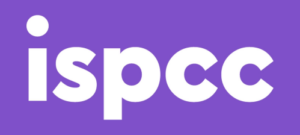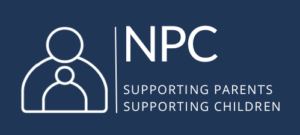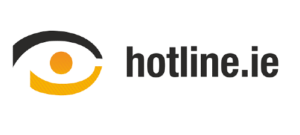The Respect Effect
This anti-bullying educational resource is designed to support teachers in addressing the learning outcomes within the Junior Cycle SPHE course that relate to online bullying and abuse behaviour and to empower students to take action against online bullying,through their own positive actions and behaviours.
What is The Respect Effect?
The aim of this educational resource is to empower students to recognise and take action against online bullying, through their own positive actions and behaviours and through helping to create an anti-bullying environment on a school-wide level. It sets out to foster empathy, respect and resilience and to help young people to understand the consequences of their actions and the impact of cyberbullying on all involved. The learning activities aim to develop students’ social and emotional literacy in the online environment and to promote critical thinking and responsible digital citizenship.
This educational resource should be used as part of a whole education approach to preventing bullying. In delivering these lessons teachers are embedding anti-bullying education within the SPHE curriculum for junior cycle students.
Lessons
Resource Supporting Materials
The Respect Effect supporting materials including videos, survey, presentation, and quiz.
Silent Witness Short Films
Cyberbullying Hub
The Cyberbullying Guidance for Teachers Information Hub has been created by Webwise to provide guidance to teachers and school leaders on the issue of cyberbullying,creating an anti-cyberbullying culture and promoting student’s wellbeing including online wellbeing.


